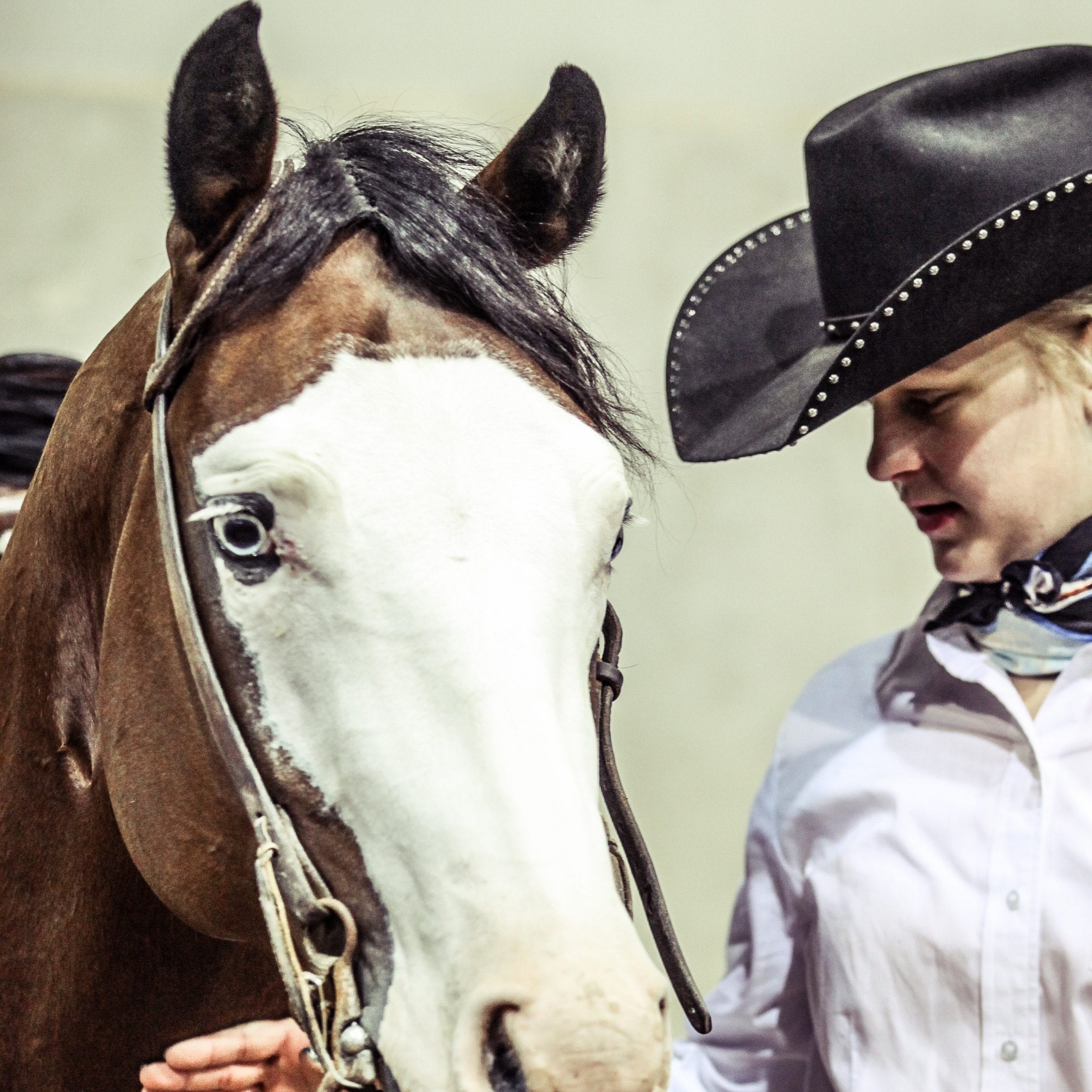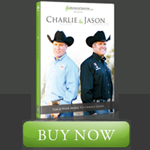Ranch riding is rapidly becoming one of the most popular classes on both the AQHA and APHA circuits for amateurs, youth, and open exhibitors alike.
Horses that are fabulous athletes but may not be slow enough for the pleasure or ground covering enough for the hunter under saddle seem to have found a place in the ranch riding, as have all-around horses that need a “break” from the heavier competition.
Ranch riding is also a fabulous class for those who want to break into higher competition from the open circuits, as well as show veterans who are just looking for something new to try.
Now an approved class at all AQHA and APHA World Shows, how to excel at this class is ever present on exhibitors’ radar.
GoHorseShow sat down with AQHA Professional Horseman and Team Wrangler member, Marty Oak Simper of Ogden, Utah, to learn ten things you can do to improve your ranch riding scores.
1. Don’t Go Too Slow…
The AQHA rulebook states that a ranch riding horse “should simulate a horse riding outside the confines of the arena and that of a working ranch horse.”
 Which clearly means, this is not a pleasure class (even though ranch riding used to be called ranch horse pleasure).
Which clearly means, this is not a pleasure class (even though ranch riding used to be called ranch horse pleasure).
“Overall, ranch riding should be ridden in a forward motion,” said Simper. “If you’re on a ranch, you need two speeds for each gait. For example, if you are walking past some cattle you intend to sort, you can’t go fast or you will scatter them everywhere. But when it comes time to pick one out, you have to increase speed a bit.”
The most common problem Simper sees in the ranch riding is exhibitors confusing a trot for a jog. If the pattern says trot, you need to trot, not jog.
Remember, the two speeds for each gait rule.
2) …Or Too Fast
Of course, in order to be credit earning in the ranch riding you need to showcase some acceleration but keep it in perspective.
 Simper said, “When it comes to the extensions, you need to see the horse going some place in order for it to be credit earning. Make it so you can see a difference. Pick up speed as you go, this shows that you are committed to the change in gait.”
Simper said, “When it comes to the extensions, you need to see the horse going some place in order for it to be credit earning. Make it so you can see a difference. Pick up speed as you go, this shows that you are committed to the change in gait.”
He continued, “What is perhaps the most credit earning is when a horse can come back or go forward depending on what is called for. But how much you increase speed depends on your riding ability and what you are comfortable with.”
Simper warns against increasing the speed so much that, you, as a rider, become uncomfortable. An uncomfortable rider is a rider that doesn’t have complete control, so this only results in a negative maneuver evaluation. Only accelerate to the point at which you are still in control and comfortable.
3) Draped Reins = A Big No-No
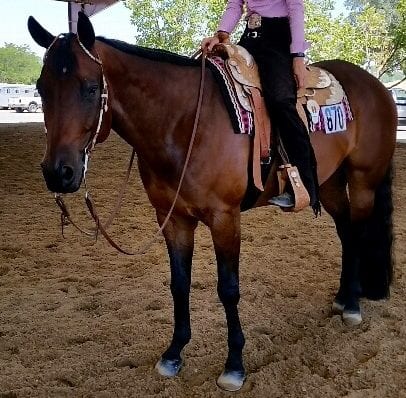 First thing’s first: the rulebook states that draped reins are a three point penalty.
First thing’s first: the rulebook states that draped reins are a three point penalty.
Unlike classes like western riding or trail where a more draped rein suggests a higher level of difficulty, such is not the case in the ranch riding. Remember, the idea is to emulate working on a ranch. And just in case you didn’t know, those guys don’t ride with draped reins.
“Your reins should resemble something similar to a horsemanship rider,” said Simper. “You definitely don’t want them so long that you are raising your hand over your head to guide or stop. There should be some tension in the rein and the horse should have a little softness with it.”
4) Split or Romel Reins?
 While we are on the topic of reins, one of the biggest questions Simper said he is asked is whether to ride in split or romel reins.
While we are on the topic of reins, one of the biggest questions Simper said he is asked is whether to ride in split or romel reins.
His answer?
“Depends on what your horse guides the best in,” he said. “Just like any other class, you want to show your horse to the best of their ability so if they guide better in romels, use romels. If they guide better in split reins, use split reins.”
Simper did mention that romels are more commonplace on the west coast, probably because of the vaqueros’ history and influence in that part of the country, but if you are trying to win the class, the bottom line is use what is best for your horse.
5) Act As if Your Horse is A Rope Horse
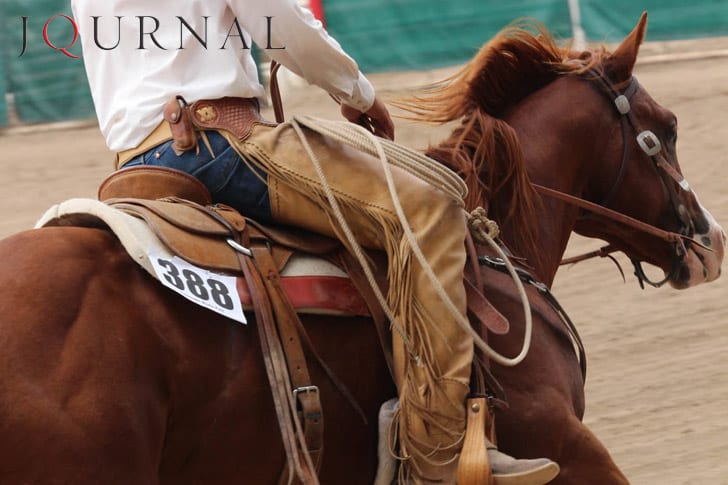
This might sound incredibly strange, but it is key when it comes to what you are seeking when it comes to an appropriate headset in the ranch riding.
“The most common mistakes I see are horses that are too far behind the vertical and too low in the head and neck,” said Simper. “People need to realize that every maneuver is penalized if the headset is wrong, so it is really important that you get it right.”
Simper said to imagine that you are getting ready to rope something.
“If the horse’s head is too low when you rope, it will pull the horse down on their front end. If the horse’s head is up more the horse is then able to set back and stop.”
Again, remember this class is akin to what happens daily on a working ranch. That includes the headset.
To clarify, Simper said a good headset is a collected headset. One with a level neck with the nose slightly back and the poll slightly above the withers.
6) Don’t Try a Flying Lead Change if Your Horse Doesn’t Have One
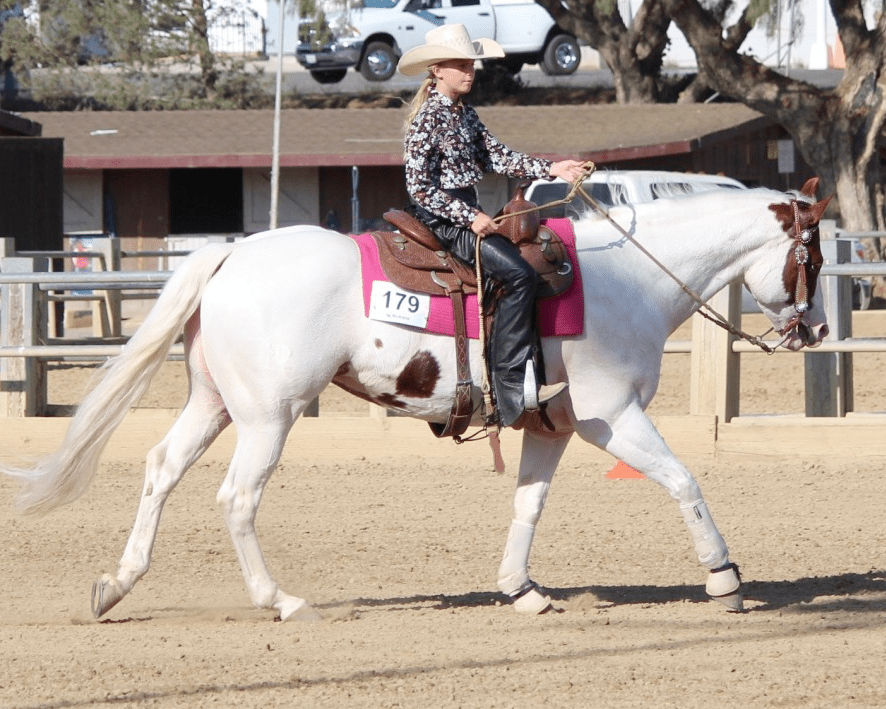 In the ranch riding you have the option of performing a simple or a flying lead change, and guess what? A simple lead change can be credit earning.
In the ranch riding you have the option of performing a simple or a flying lead change, and guess what? A simple lead change can be credit earning.
“This is another one of those things that comes back to your horse,” said Simper. “You are there to show to the best of your ability, and if your horse doesn’t have a flying lead change, don’t try one.”
Simper continued, “The biggest thing is to make sure it is correct, no matter what. If one horse performs a correct flying and another horse performs a correct simple, but neither were stellar, they would both score a zero.”
When it comes down to it, this maneuver should be treated like any other, where you do what your horse is capable of, nothing more, and (hopefully) nothing less.
7) Smooth Transitions Count
 If you think of ranch riding as kind of a horsemanship pattern on steroids, it shouldn’t be a surprise that transitions count; just like they do in a regular horsemanship pattern.
If you think of ranch riding as kind of a horsemanship pattern on steroids, it shouldn’t be a surprise that transitions count; just like they do in a regular horsemanship pattern.
“The fewer visible cues the better,” said Simper. “Make them smooth. They shouldn’t be hard or aggressive, remember to build into your extensions and the horse is listening to you, as the rider. Same thing when you come back down when you sit down the horse listens to your cue.”
Perhaps the biggest difference between ranch riding and horsemanship, however, comes with hand motion. Visibly using your hand is much more acceptable in the ranch riding.
“You have to steer your horse a bit in the ranch riding but not to the point of extreme hand movement to rein the horse,” Simper said. “Same when asking the horse to come back to you, you can pick up your hand to have them come back as you sit down but it shouldn’t be an aggressive motion or your hand in the air.”
Again, imagine being on a ranch. You see the ranch hands’ hands move but they aren’t all over the place. Your cues and transitions should definitely show that your horse is broke but it should never be stiff.
8) Practice Some Oddball Stuff
While there are five official AQHA ranch riding patterns, it is at the judge’s discretion to create their own which leaves the gate wide open for anything and everything.
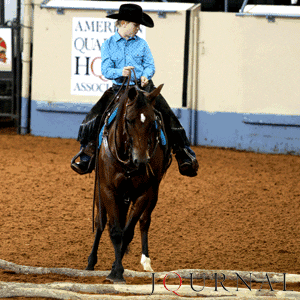 Simper said the best thing to do is set up a variety of different scenarios that could be asked for, basically, anything that can happen on a ranch is fair game.
Simper said the best thing to do is set up a variety of different scenarios that could be asked for, basically, anything that can happen on a ranch is fair game.
“One of the things I recommend at the clinics is to practice on different size gates,” he said. “You never know what kind of gate is going to be used so practice on as many as you can. You can also rope dummies, ride through cows, drag something, basically anything to get your horse really broke.”
Simper also emphasized not overworking the entire pattern. Just like any pattern class, horses get smart, and when you overwork it they can either anticipate or cheat you, so practicing a number of elements without always doing the whole thing is the best way to go about practicing.
9) Plan and Execute
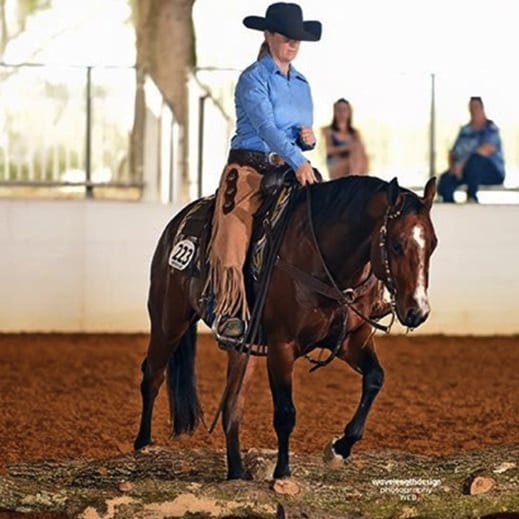 Any good equestrian does this prior to their class. They visualize the class and how they are going to execute it to the best of their ability.
Any good equestrian does this prior to their class. They visualize the class and how they are going to execute it to the best of their ability.
Simper said, “Visualize the class before you show. Especially the logs and the lead changes. Think about how you are going to execute each maneuver.”
“Plus whatever your horse excels at,” he said. “Show off your strengths and don’t make your weaknesses go for a long period of time, save that time for where your horse is the strongest.”
Also, know how broke your horse is. Ranch riding is supposed to be shown in one fluid motion, but if your horse needs that extra half second between maneuvers, Simper says, take it.
“Always ride ahead,” he said.
10) Don’t Be Afraid to Pull Leather
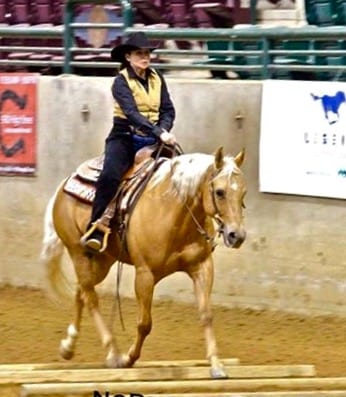 Ranch riding is the only class (besides the speed events) where a rider cannot be penalized for grabbing and holding onto the saddle horn. In fact, you can hold the horn at any point in the pattern and not be penalized.
Ranch riding is the only class (besides the speed events) where a rider cannot be penalized for grabbing and holding onto the saddle horn. In fact, you can hold the horn at any point in the pattern and not be penalized.
Now, you may be thinking, “I’ve ridden for years, I don’t need to do that!” But Simper said in his experience sometimes it can actually help your performance and if you find that it does, then don’t hesitate.
“It can help balance the rider at the extensions so it shows the horse better,” he said. “Especially on young horses that need help balancing themselves, holding the horn can actually be an invaluable tool.”
Summary
 Ranch riding is a fun, faster paced, less stressful class than the rail or all-around classes and it is clear why so many are flocking to this new sport.
Ranch riding is a fun, faster paced, less stressful class than the rail or all-around classes and it is clear why so many are flocking to this new sport.
What is also apparent is that it shares the same good-moving, good-minded horses that we know and love in the other disciplines and it is also challenging enough for even the most seasoned competitor to enjoy.
Thanks for the tips, Marty!


